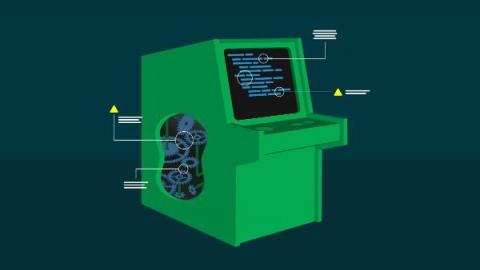Achieving High Availability (HA) Redis Kubernetes clusters with Calico Clustermesh in Microsoft AKS
According to the recent Datadog report on real world container usage, Redis is among the top 5 technologies used in containerized workloads running on Kubernetes. Redis database is deployed across multi-region clusters to be Highly Available(HA) to a microservices application.











